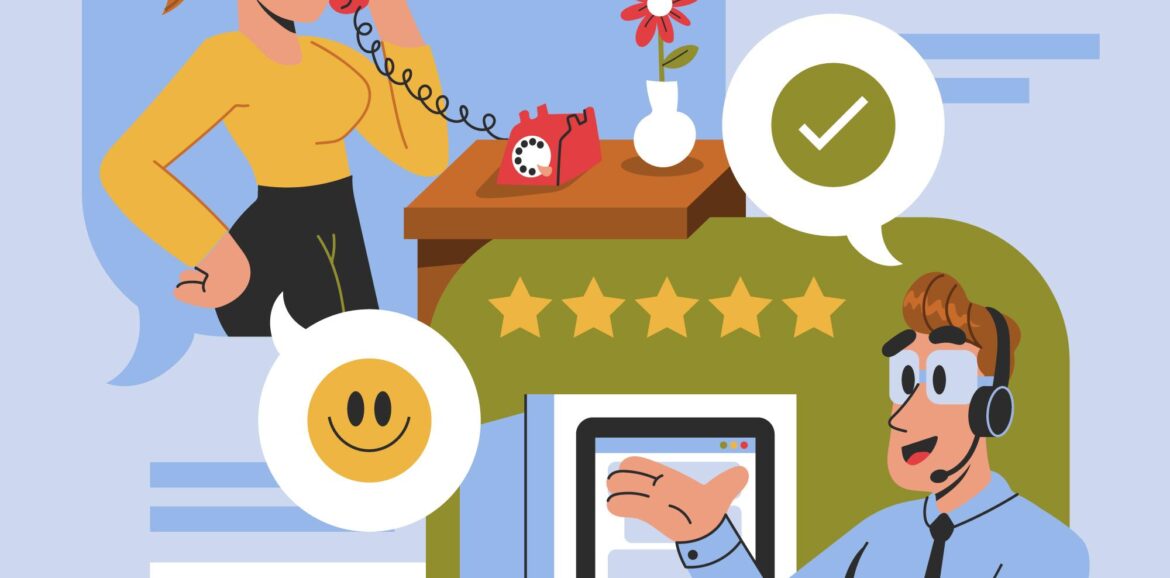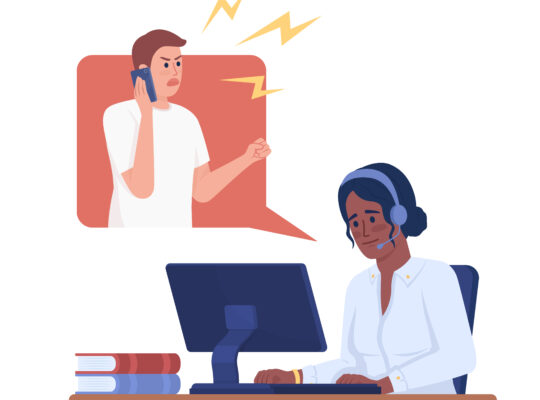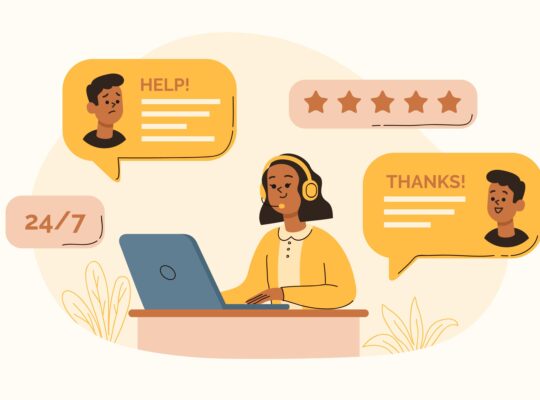| Using Customer Surveys To Improve Service | ||
| Instructor: Jeff Toister | ||
| Released: 6/9/2015 | Course Details 52m Intermediate | |
| Skills Covered Customer Surveys | Course Link | |
| Professional Certifications and Continuing Education Units (CEUs) National Association of State Boards of Accountancy (NASBA) – 1.4 CPE | ||
| Customer surveys are rich sources of information and essential guides to areas where customer service teams can improve their focus. In this course, Jeff Toister provides step-by-step instructions for designing and implementing effective surveys and analyzing the results. He’ll give you tips on increasing response rates, writing effective questions, and turning the data into actions that can improve service quality. Learning objectives – Devise a survey goal. – Select a delivery method for your survey. – Interpret different types of survey questions. – Compiling effective customer survey questions. – Analyze survey data to gain insight into your business’s service. – Break down text analysis to provide insight into improving customer service. Source: LinkedIN Learning | ||
Designing Surveys
Understanding survey limitations
Survey Disadvantages
- Memory
- Sample – Number of survey customers vs. total customers
- 1,000 customers vs. 10 customers who took the survey = 1% sample size
- Single view – customers opinion
- Errors – questions might be confusion the result is information that can be misinterpreted
- Manipulation – incentive might be tied to survey completion
Establishing a survey goal
- What do you want know?
- Who is your audience?
- What type of survey do you want to conduct?
- Transaction survey – evaluates individual transactions (hotel or store)
- Relationship survey – evaluates the customer’s relationship with your company
- What will you do with the data collected?
Exploring survey types
CSAT – Customer Satisfaction
Rate your level of satisfaction with a product/service
- Pros – Easy to use
- Cons – No behavioral connection (may not result in additional business), also some results might be hidden if you average out the responses by all locations. One bad locations results is hidden in the mix with the other positive feedback.
NPS – Net Promoter Score
Focuses on the customer’s likelihood to recommend a product, service, or company to others. Customers are divided into three groups; promoters, detractors, and passives.
- Pros – Tied to specific behavior (referrals). It incorporates happy and unhappy customers in single metric.
- Cons – Narrow focus, easily misunderstood
CES – Customer Effort Score
It measures how easy it is to do business with the company. Uses a range from 1 to 7 on how easy it was to handle the issue.
- Pros – Fix problems, identify waste, improve loyalty
- Cons – Transactional, narrow focus
Searching for survey alternatives
- External Review Sites such as Yelp and TripAdvisor, you may consider using that data.
- Social Media Monitoring such as Facebook.
- Web Alerts is when someone mentions your company in a blog or website.
- Internal metrics can replace a survey, such as contact type reports, first contact resolution, and speed of contact.
- Ask directly to customers for feedback.
Choosing a delivery method
Survey Considerations
- It it easy for customers?
- Is it easy for you?
Different delivery methods such as:
- Via email
- IVR – Interactive Voice Response
- Pop-up on webiste
- Retailers can include link on receipt
- QR code on smartphones – place on receipts or display
- Text messages
- Paper survey – old fashioned, restaurants may provide this at end of meal
Survey Monkey, Zoomerang, ForeSee, Confirmit are different survey softwares available in the market.
Increasing response rates
Usefulness – Are you receiving actionable data?
Representation – Does the data represent our customers?
Reliability – Is the survey accurate?
- Reduce frequency of surveys to prevent frequent surveys
- Shorten the survey – long surveys are typically abandoned
- Adjust the timing – for transactional, its better to send them out right after the transaction
- Change the delivery method
- Experiment – try delivery in two different method to determine the better result
Writing Survey Questions
Evaluating questions types
Common Question Types
- Rating scale – 1 to x (low to high)
- Likert scale – asks how friendly or easy was customer service
- Multiple choice – get more granular
- Text response – make optional since not every customer wants to add comments
Ask yourself, what is your survey goal?
Reducing the number of questions
Shorter surveys receive better response rates. Ask yourself, is this question absolutely essential?
Reduce numerous questions by grouping questions together and then following up with a text response. Use skip logic or branching logic, to skip questions based on the response provided by the customer.
Effective Three Question Survey
- Please rate your overall satisfaction (1-5) – you may also use NPS/CES
- Please explain why you gave that rating – text response
- May we contact you if we have additional questions – yes/no
Creating scaled questions
Even vs. Odd
Odd is the best choice since it has a mid-point.
A short 5 scale question can be used as well as a 10 point scale, with the addition of the number 0 being added to keep it odd. Less than 5 choices leaves customers feeling like they don’t have enough choices.
Tips:
- Use a consistent scale with a consistent label.
- Scale left to right
- Low point on the left with high point on the right
Writing effective questions
Writing Survey Questions
- Write neutral questions
- Ask one question at a time
- Use clear language
- Match the scale to the question
- Be reasonable
Analyzing Survey Data
Using analysis to gain insight
Analysis
The process of investigating why customers feel the way they do.
Averages hide problems. Surveys improve training.
Drilling down to find answers
Variables
- Employee
- Issue
- Time of day
- Response time
- Location
Conducting text analysis
Check sheet – categorize items as you read them. Jeff explains the systematic process of using a check sheet when evaluating customer feedback.
Avoiding common pitfalls
Low score freak out – survey is adjusted to get better results
Low Score Freak Out
- Prepare executives upfront
- Show positive impact on the business
Gaming – employees beg customers for a positive review
Gaming
- Avoid incentives and penalties
- Audit survey results
Score Focus – lost sight of the goal by focusing just on the score
 | Remember! To experience the full benefit of this guide, I highly recommend you watch the full training session. |






